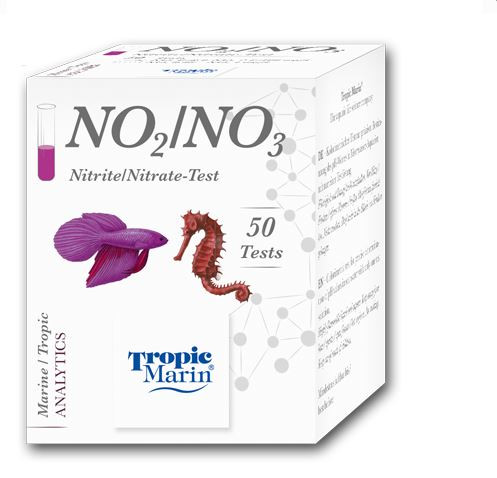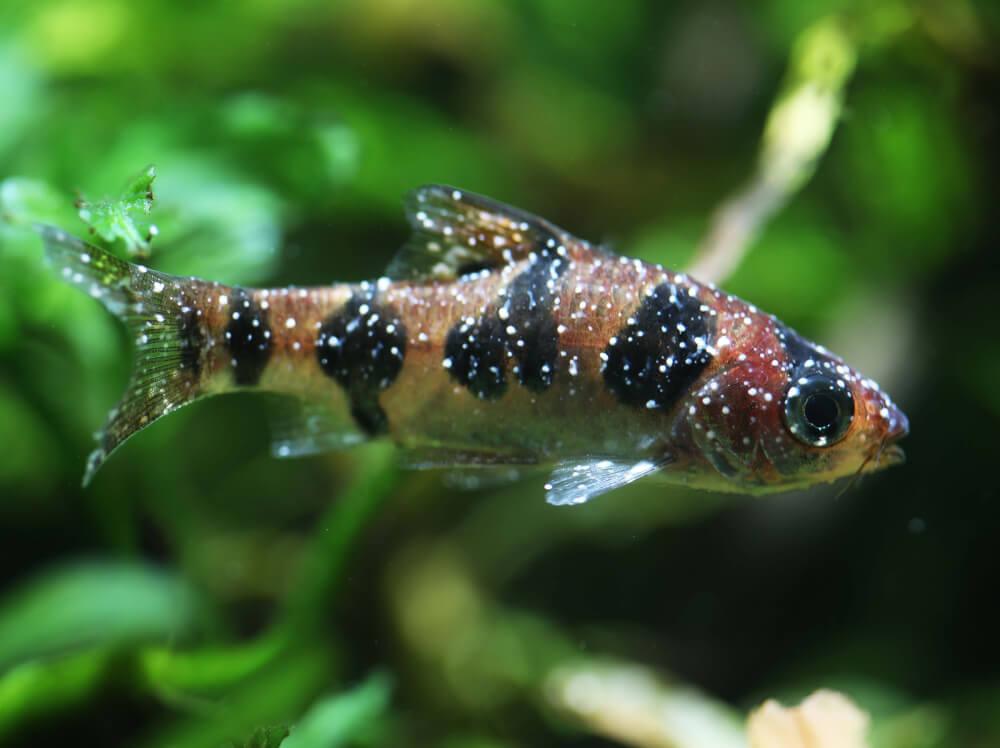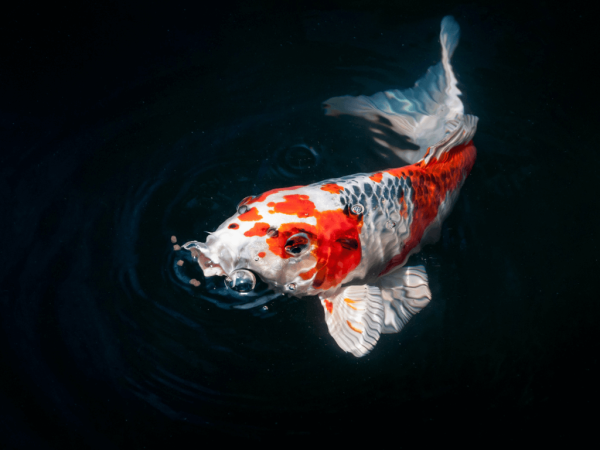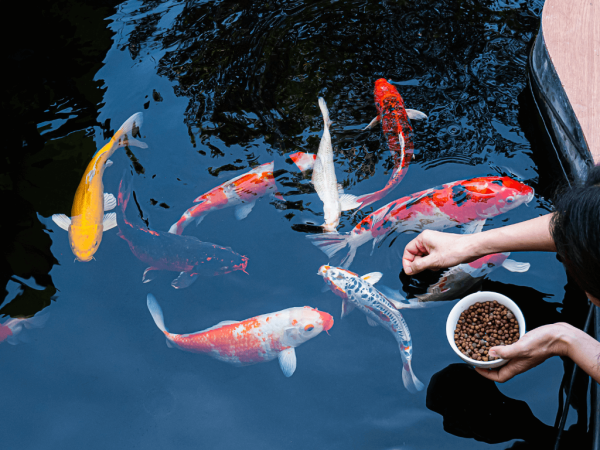Common Fish Diseases and Treatments
Some fish diseases are more common than others, and whether you keep pond fish, freshwater, tropical or marine fish either outside or in an aquarium, they are all sadly susceptible to these 4 nasty diseases. Fortunately, the remedies are on offer too. So let’s take a look at 4 of the Most Common Fish Diseases:
White Spot
This is probably the most common disease of all because nearly all fish are already infected with the dormant form of the disease. When the fish becomes stressed their immune system becomes compromised allowing the disease to take hold.
It is a parasitic disease identified by white spots/dots covering the fish from head to tail. These dots are actually the parasitic organisms themselves and often stay on the fish for around 24 – 48 hours before dropping off and spreading the disease to other host fish in the tank.
Because of this, it is best to isolate the infected fish and quarantine it for treatment. Treatment is essential as white spot can be lethal if left alone.
Treatment involves separating the fish first, then treating the water with an anti-parasite formula – But be sure to choose one that’s suitable for your set-up, whether it's pond, freshwater, tropical or marine fish that are infected.
Fin Rot
This is a tricky disease to define, as it refers to both the disease itself and the symptoms of disease. Either way, it is characterised by a deterioration in the fish’s fins that’s noticeable to the eye – They can fray, turn brown or show inflammation, and its source is either bacterial or fungal.
This one can get very nasty and very quickly if left untreated, but fortunately, regardless of its bacterial or fungal nature, you can get multi-purpose fin rot treatments that can handle both strains of the disease and relieve your fish quickly.
Dropsy
Dropsy gets its’ name from a human medical condition now called edema, and the symptoms are quite similar: massive inflammation of the bodily tissues, causing sections of your fish’s anatomy (or the whole fish) to swell to unnatural sizes, including the eyes, gills and glands. In fish, the inflammation can also cause the scales to protrude from the body as if stood upright, so there are plenty of warning signs for you to spot and catch dropsy early.
This disease is caused by a bacterial infection present in most aquariums and if the fish’s immune system becomes compromised (usually from stress, like in White Spot) then dropsy can take hold, causing swelling and leading to lesions if left untreated.
Treatment can be a little more difficult, but still possible if the infection is caught early. It is best to quarantine the infected fish to stem the spread to other fish in the tank, then treat with antibiotics.
However, prevention is the key. If your tank is well maintained and you take care when introducing new things like fish of ornaments to the tank, your fish shouldn’t get too stressed, making a dropsy epidemic an unlikely occurrence.
Fungus
Fish can be subject to fungal infections too, and some of it can get pretty nasty looking. Fungal infections are mainly characterised by white or grey patches developing on the fish’s body, and left untreated it begins to look like a hairy/fluffy patch of mould. Gross!
Fungus roots itself on your fish’s exterior and slowly eats away at the scales and flesh of your fish which means if you don’t treat it then your fish will die. If your fish has got a fungal infection, you need to treat it with anti-fungal substances or antibiotics to kill off the fungus.
If your fish has developed a fungus, it might mean their immune system has been compromised by poor water quality or an existing parasitic infection, so its’ best to test your water quality first and then watch for signs of parasitic infection and treat that too should they arise.

Prevention is better than treatment
As we have already mentioned, the best way to keep your tank disease-free is not treatments, but prevention. Keep your tank as clean as possible, test the water quality regularly and try not to cause your fish any distress. If you have these factors covered then your fish’s immune system will handle the rest for the majority of the time, leaving only sporadic treatment from time to time.
Taking care of your fish’s habitat allows them to take care of themselves.
While you're thinking about your aquarium's health, you might want to stock up on treatments and additives. Why not try our brand-new pro aquarium range including Swell Aquarium Dechlorinator, Swell Aquarium Biological Starter, Swell Aquarium Rapid Nitrite Remover, Swell Aquarium Water Clarifier, Swell Aquarium Blackwater Extract, Swell Aquarium Phosphate Remover, Swell Aquarium Nitrate Remover, Swell Aquarium Nitrite Remover, Swell Aquarium Ammonia Remover and Swell Aquarium Stress Reducer.
.









